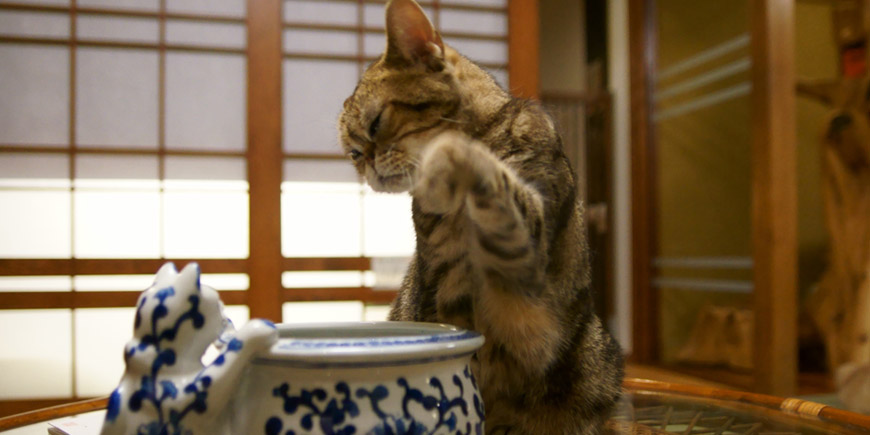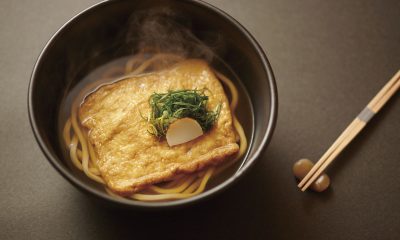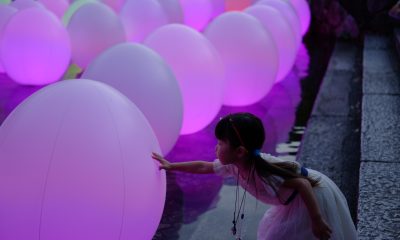Business
Japan’s first cat cafe
Yoko Yoshida is literally the cat (cafe) lady of Osaka. She owns Neko no Jikan, the first cat cafe in Japan. Her aim is to share the beauty of cats with people. KS asked all about it.
Kansai Scene: What made you decide to start a cat cafe business?
Yoko Yoshida: I used to work as a dog groomer for 20-odd years. However, I got tired of them always barking and making noise, and realized I need some relaxation. Of course, I love all animals, and cats are no exception. I wanted to have cats that I could groom beautifully and share with visitors. That’s how I first came up with our “cat relaxation” idea. It’s like a manga-kissa (comic cafe), where visitors can lay down on the sofa, browse comic books, or relax and chat with friends. Many people, however, were opposed to my idea. They would ask, “Who wants to be charged to see cats?” So I started the cat cafe more like as a hobby. We run two cafes now, one in Kita, and the other in Amemura.
KS: Where are the cats from?
YY: We adopted the cats from professional breeders. It is important to have healthy cats as long as they live together. Finding friendly cats is also very important. For example, Russian Blues and Abyssinians are not very compatible with other types of cats. We started with five Maine Coons. They’re friendly, playful, and relatively easy to train. We have 20 cats at Kita now. Knowledge of different breeds and types of traits play a key role in making a comfortable environment for cats. People would think cats are stressed out because they love isolation, but that’s not always true. Our cats love to have people around and to be petted.
KS: How did you make a catfriendly environment?
YY: I designed the room based on the manga kissa concept. Of course, the room needs to be cat-centered, so we put shelves and cat beds in, too. They play in the entire 360-degree space. When I first started, I rented an office and made it cat-friendly with sofas and litter box out of sight of guests. When I later opened the cafe, that DIY experience helped me a lot because it gave me the idea of what kind of environment I wanted for cats
KS: Any differences between Kita and Amemura?
YY: They have different concepts. Kita has a traditional Japanese appeal, with tatami and wooden tables, while Amemura has a more natural feel, with green-coloured interiors. Also, it is interesting to notice that the cafes attract different kinds of guests. Families and older people visit Kita, while the younger crowd tends to visit Amemura. The number of foreign visitors is increasing, too. I guess our cafes are featured in travel guidebooks or something.
KS: Tell us about your other businesses.
YY: In addition to the two cat cafes, we also run a cat beauty parlor and a cat hotel. That’s part of the reason why we moved to the current place. We can perform all services that cats of any age may need in one location, which makes it more convenient to run. For example, when a cat from one of the cafes gets old, he/she needs to be well taken care of in a quiet place, so we take him/her up to our living space. We also support some activities such as finding owners for abandoned cats.















